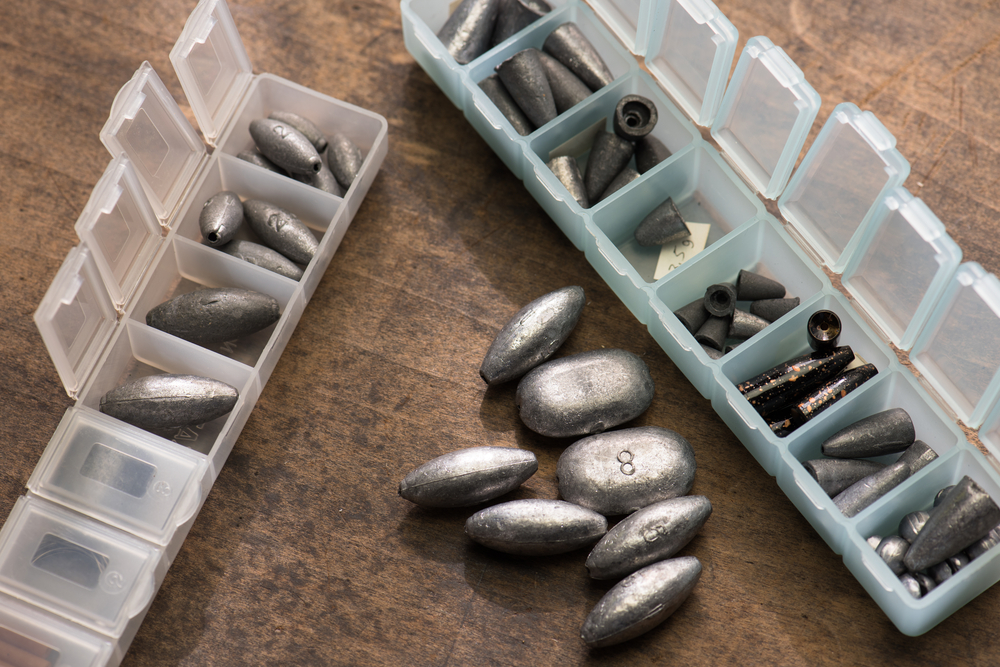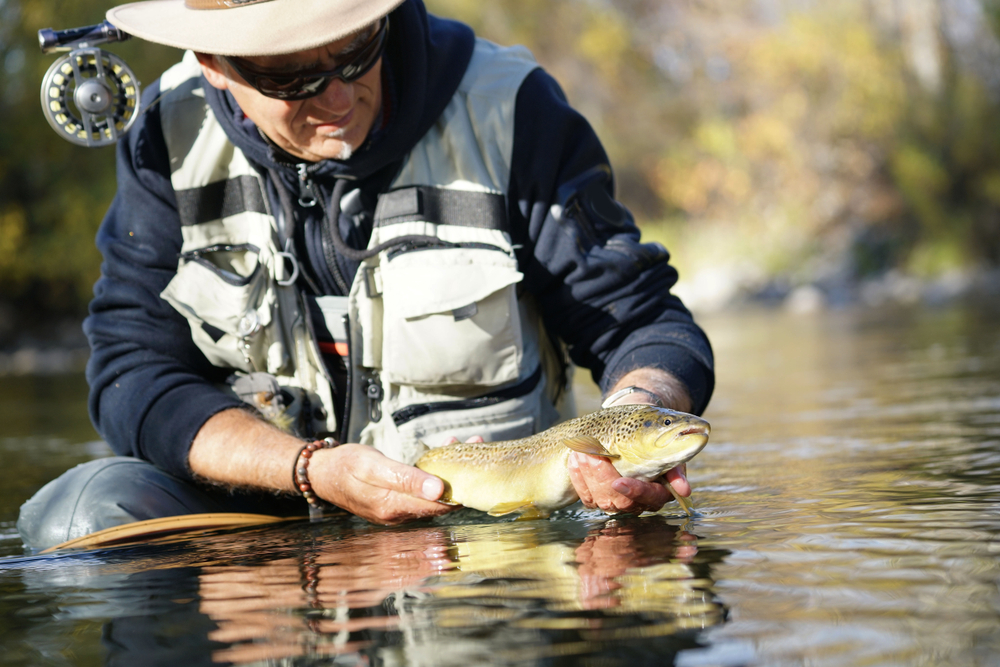I’m new to fly fishing and want to buy a rod and reel. What important things should I keep in mind?
Fly rods are rated by number: the higher the number the heavier it is. Thus a #1 weight rod is for very small fish such as brook trout, and a #10 rod is for much heavier fish such as salmon. For most anglers a great rod is a medium action #6 weight rod with matching reel and line. This rod will be small enough for most trout streams and heavy enough for bass or small steelhead.
What types of flies should I always have in my tackle box?

Types of flies vary greatly depending on your region and what fish feed on. Nevertheless, here’s a list of some useful flies: Hare’s ear nymphs in various sizes from size 16 to size 10 are a must along with Pheasant Tail nymphs in the same sizes. Caddis pupa and case caddis in the same sizes. Also include Black Stone flies in sizes 8 and 10. These are generic flies and work in most fly fishing waters. Useful dry flies include Blue Winged Olives and Caddis Flies in green and tan colors, and the Wooly Bugger in all colors.
What should I keep in mind when fishing for big salmon?
When fishing for salmon in the 20-25 pound range with the possibility of much bigger fish, you shouldn’t be using anything lighter than a #9 weight rod and reel. Attach a 9-foot leader with fluorocarbon tippets (flourocarbon allows you to use heavier tippets with out spooking the fish). Remember you can’t stand in one spot and fight a large fish, you must run along with it.
What is the best way to attach a leader to line?
Connect leader to fly line by nail knotting a piece of 50lb test mono to the end of the fly line. This piece of 50lb test is about 9 inches long. Then make a perfection loop on the end. Take the leader and make a perfection loop on its end. Finally, loop-to-loop connect it to the piece of 50lb test. This set up allows for you to easily change leaders when needed by doing this.
What tools do I need when fly tying?
The tools you need in a fly tying kit starts with a good bobbin. This holds your thread with a little tension on it. A dubbing needle, a threader, a whip finisher, hackle pliers,dubbing looper, tweezers,head cement, quality pair of scissors with a fine point to them, and a vise. Buy the best your budget will allow as cheaper tools will wear out quicker. When buying your kit your fly shop will advise you on what to purchase.
What is the process for spooling new line?
Fly lines are only 90 feet in length thus putting backing on the reel is a must as it allows for more line to give out for bigger fish. The backing is made of dacron and the strength should fit accordingly with the rod weight (#6 rod should be 20 pound test). Then, using g a nail knot, attach the fly line and wind it on the reel. Attach the leader with another nail knot.
How do I fish with a dry fly for trout?

There are two basic types of dry flies for trout: mayfly and caddis fly. Terrestrials such as hoppers and crickets fall into the mayfly category. Understanding how an insect hatches is key to fishing the fly. Mayflies hatch and sit on top of the water and opens their wings to dry off. They look like little sailboats floating along the top. They float at the same speed as the water with no movement until they fly off the water. Fish take mayflies slowly, so be patient when using those flies. When a caddis fly emerges it pops out of the water very fast and bounces on top of the water and flies away very quickly. When fish takes these flies it’s a violent attack with a big splash as they chase the insect to the surface and try to eat it before it gets away. Your presentation should mimic each kind of fly.
What is the number 1 go-to fly all year round?
For its versatility, it’s hard to beat the woolly bugger. The woolly bugger can imitate a leech, stonefly, hexagenia mayfly nymph, small baitfish and about anything that swims in the water. It can be striped in as a streamer or dead drifted as a nymph or twitched along the surface like an injured baitfish. Tie them in all colors and sizes especially black, brown, olive and white.






